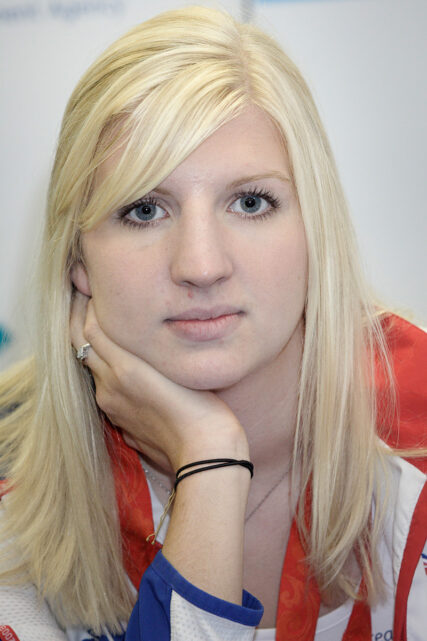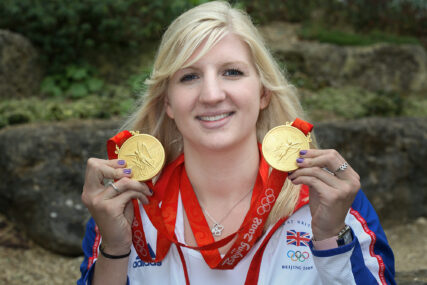Have you been watching the Paris Olympics? Like most big events that I’d like to see (Wimbledon being the annual classic), I usually miss the whole shebang.
This year though, I’ve managed to carve out a little time to catch a bit of the cycling and swimming – the two areas of sport I’m most interested in.
In particular with the swimming, I’ve been trying to pick up some clues for improving my personal performance in the pool. Well, let’s say that’s a work in progress. Most of the athletes have a 40-year advantage on me. Plus they swim every day (for several hours) and spend hours in the gym when they’re not in the pool. I mean really, it’s cheating!
Of course their performances are also enhanced by things like, I dunno, raw talent. They’re coached in techniques to the nth degree, drilled until they want to cry and many have been swimming since early childhood.
Contrast this with my “swimming career”; I left school with only a basic breast stroke, and no real drive to improve even that. As for front crawl (for the Americans reading this, that’s freestyle), until a few months ago, I couldn’t even get off the side of the pool. I was, in short, a drowning windmill.
However since rediscovering the joy of swimming while on holiday last year, I’ve signed up to regular sessions at my local pool, where my breast stroke has blossomed, and I’ve taken lessons in front crawl. I can now just about manage 50m without feeling sick, which is a huge step up from where I was around three months ago.
So why am I wanging on about the Olympics and my swimming now? Well of course it’s so I can shamelessly showcase the fact that 16 years ago, I had the honour of photographing double gold medal swimmer Rebecca Adlington (Becky) when she came to the University of Bath in 2008 to help launch the Youth Olympics.
There is a little more to this tale (not much tho) than just wanting to share an archive photo.
Bearing in mind Becky had only just achieved this huge success in the Beijing Olympics that same year, the attention she received would have been a whole new experience and perhaps slightly disconcerting.
As we settled into one of the university’s lecture theatres for a press call, I was just checking my focus and exposure on Becky when she leaned in to the person sitting next to her and said, “I suppose I’ll have to get used to this,” meaning “being photographed”.
As she sat straight again, she looked directly down my camera lens, and I took the shot you see here.
The comment didn’t strike me as anything more than a very matter-of-fact observation of how her life would change; there was nothing hostile in her tone, and she posed patiently and with good humour for more pictures after the sit-down press conference.
Becky’s career beyond the pool has flourished. Clearly, she got “used to this” a long while ago. I doubt she remembers that moment or her comment back in 2008, but for some reason it always stuck with me. Perhaps because I care how someone feels in front of my camera, even if I’m just doing my job.
On that day, we were both there to do a job. I’m still a photographer, Becky is still in the media spotlight and seeing her presenting from Paris 2024 alongside Clare Balding and Mark Foster reminded me of this one moment.
In the meantime, I’m going to continue with my own swimming career, though I’m not expecting to slip into professional swimming any time soon. That ship might have sailed unless there’s a VERY senior league out there?


